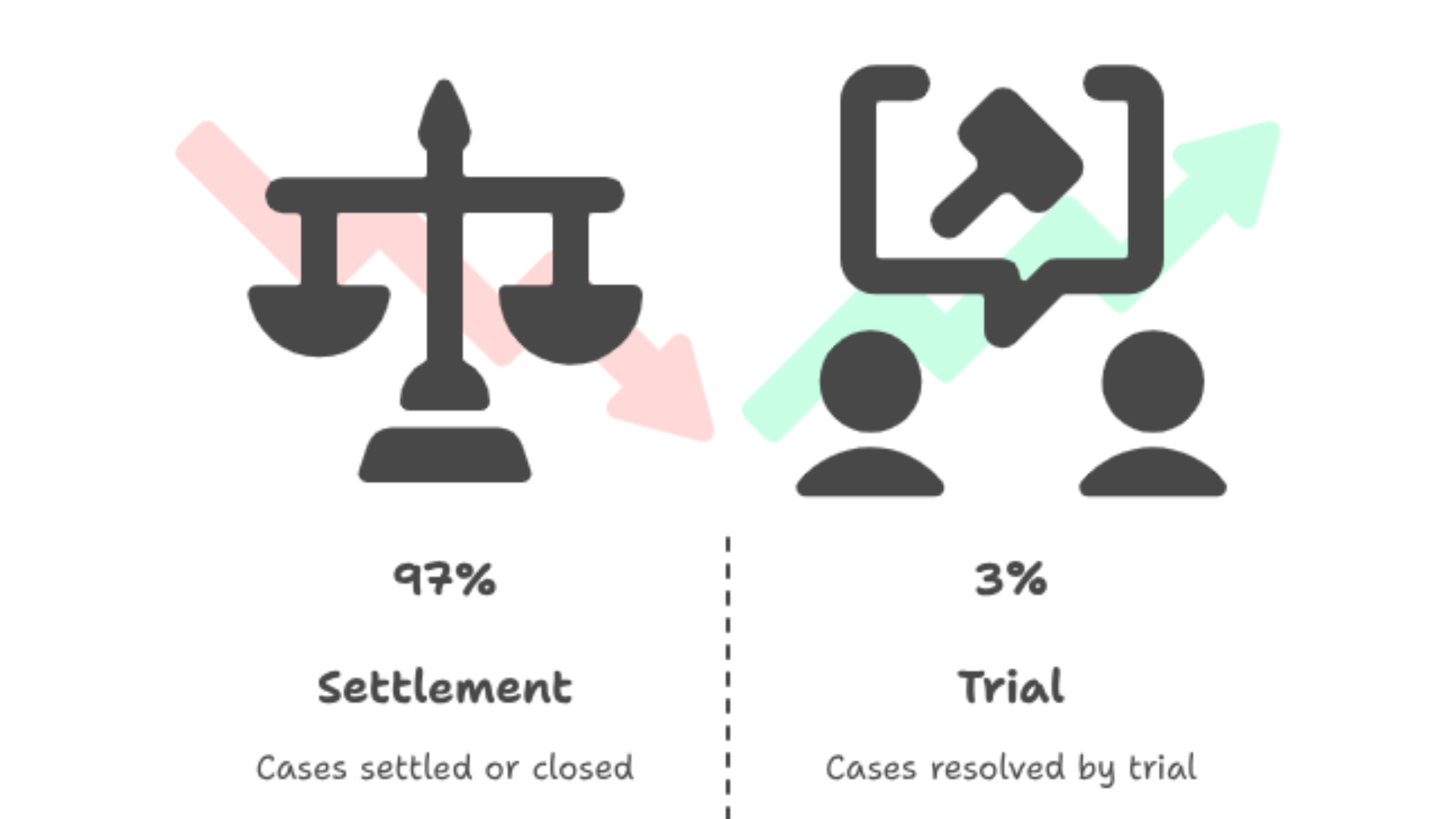Medical Demand Letter in Wrongful Death Lawsuits: Attorney’s Approach
- 17 Aug, 2025

Quick Summary
In wrongful death lawsuits, a Medical Demand Letter is a vital tool that allows attorneys to outline negligence, present medical documentation, and pursue compensation for grieving families. By integrating strong evidence and legal strategy, attorneys can influence settlement negotiations before trial. Services such as legal medical record review services, and medical chronology services for attorneys help ensure these letters are accurate, persuasive, and backed by solid evidence. This guide explores how attorneys can draft powerful demand letters, avoid common pitfalls, and maximize settlement value.
What Is A Medical Demand Letter in Wrongful Death Cases?
A Medical Demand Letter is a legal document addressed to an allegedly negligent party, hospital, or insurer in wrongful death claims by an attorney. It provides an outline of liability, medical evidence, damages, and a settlement demand.
Contrary to a typical correspondence, the letter combines legal argumentation with factual medical information, giving it a strategic role in negotiations. Lawyers frequently use legal medical record review services and medical chronology services for attorneys to present the medical history of the deceased in a clear, organized, and persuasive way, enhancing the credibility and impact of the demand.
Did You Know?
According to the U.S. Bureau of Justice Statistics, only about 3% of general civil cases filed in state courts are resolved by a jury or bench trial. Nearly 97% settle or close through other means, such as settlements or dismissals.

The Important Elements of a Powerful Medical Demand Letter.
Essential Elements
- Case Overview - An overview of the case incident and the involved parties.
- Medical Evidence - Records, autopsy reports and chronology of treatment.
- Legal Foundation- The malpractice or negligence case.
- Damages Claimed Economic and non economic losses.
- Settlement Request – A specific, well-documented figure.
Attorneys preparing such a communication may find that a medical demand letter template
or a seasoned personal injury demand letter PDF serves to standardize structure while permitting substantive customization.
Strategic Considerations
- Use medical chronology services for attorneys to simplify complex timelines.
- Do not get emotional; make the letter professional and evidence-based.
- Support all assertions with documents, witness statements, or examination.
The Attorney Plan of Action: How to write Convincing Letters
Senior lawyers understand that a demand letter has to be both narrative and accurate. Successful strategies are:
- Fact-Driven Narration – Turn uncooked information into a narrative that jurors or insurance companies can identify with.
- Jurisdictional Accuracy – Anchor claims with statutes and precedents.
- Evidence Integration – Strengthen arguments with findings from legal medical record review services.
- Expert Insights – Use expert deposition summary services to present testimony efficiently.
The result is a document that not only demands but persuades.
The Medical Records Empowering the wrongful death cases
Wrongful death claims are sometimes based on medical records. Nonetheless, poorly-arranged records can undermine arguments. Through legal medical record review Services, attorneys seek to:
- Extract only relevant evidence
- Organize data chronologically
- Link negligence to outcomes
- Provide a streamlined narrative
This ensures the Medical Demand Letter is clear, factual, and difficult to dispute.
Common Mistakes to Avoid in Medical Demand Letters
- Even skilled attorneys can undermine their case with errors. Common pitfalls include:
- Inflated or vague damages
- Omitting key medical documents
- Using aggressive, unprofessional tone
- Failing to link negligence directly to death
- Forgetting to state a specific settlement amount
Avoiding these mistakes maintains credibility and negotiation strength.
Why Sample Settlement Demand Letters Are Not Enough
Some attorneys rely on sample settlement demand letters for structure. While useful as a starting point, these templates can’t replace a tailored approach. Each wrongful death case is unique, requiring customization of:
- Medical timelines (using medical chronology services for attorneys)
- Specific damages
- State-specific legal references
- Expert insights
- Samples should guide format, not replace attorney strategy.
How Demand Letters Drive Settlement Negotiations
A well-drafted Medical Demand Letter often initiates settlement discussions. It demonstrates preparedness and discourages insurers from risking trial.
When attorneys integrate expert deposition summary services with evidence, insurers see the strength of the case early on. This often leads to faster, higher-value settlements for grieving families.
Conclusion
A Medical Demand Letter is not just a show; it is a tool of negotiation that may determine the result of a wrongful death case. With legal medical record review services, medical chronology services to attorneys, and expert deposition summary services, the attorneys write accurate, convincing, and legally viable letters.
Although a sample settlement demand letter may give form, the only way to ensure that the family gets the justice and compensation they rightfully deserve is to settle the case with a specifically tailored, evidence-based strategy. To the attorneys, mastering this process does not only involve winning cases, but it is also a way of paying tribute to those who have passed away.
If your law firm requires expert drafting of medical demand letters, case analysis, or thorough medical records assessment, the MRR Health Tech team offers specialized medico-legal support to fortify your case presentations.
Reach out to us today to expedite and elevate the strength of your litigation with precise expert guidance in the medical-legal domain.

